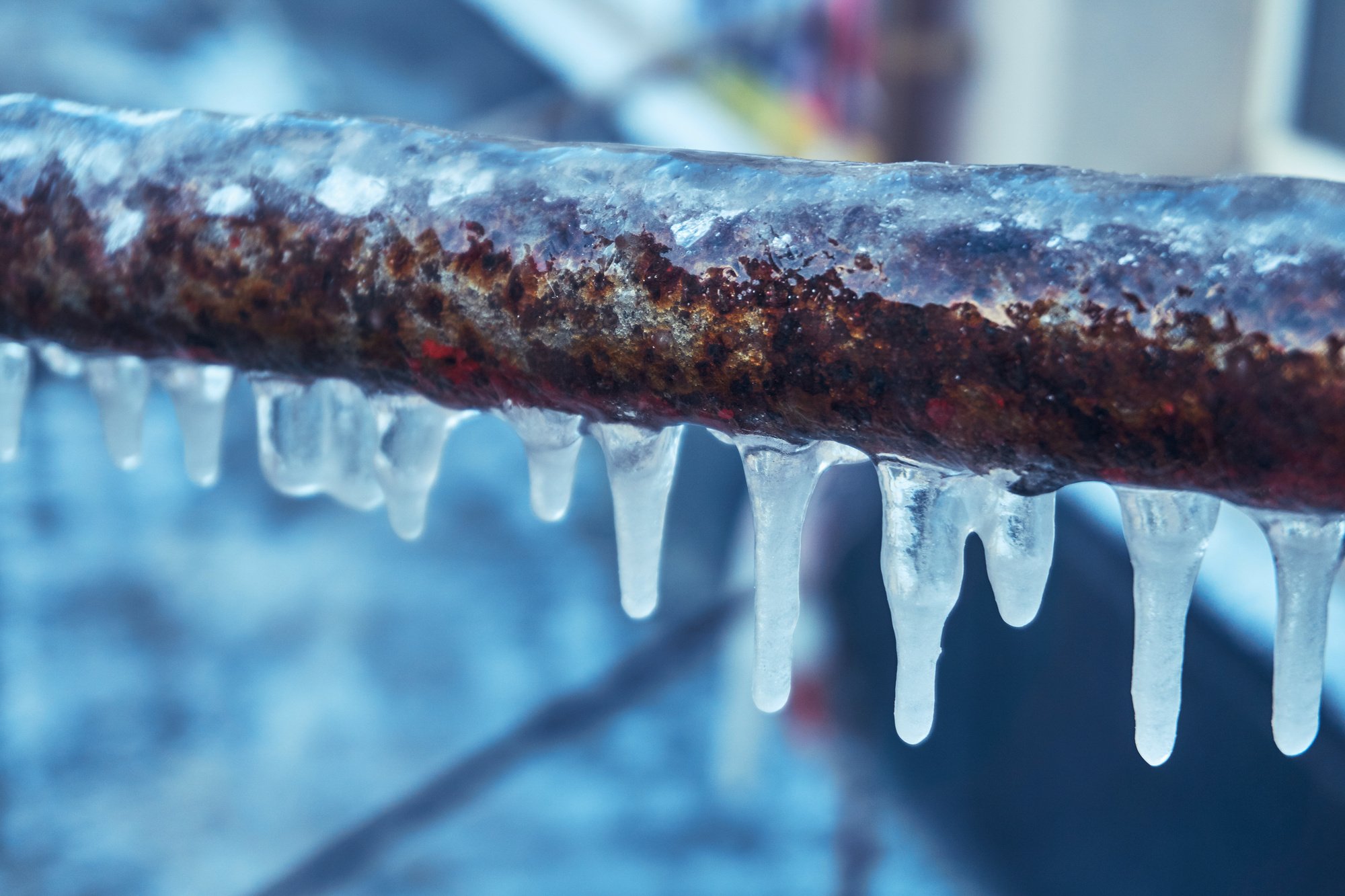How to Keep Your Pipes from Cold Weather Issues: Crucial Guidance
How to Keep Your Pipes from Cold Weather Issues: Crucial Guidance
Blog Article
We've encountered this post on 6 Ways to Prevent Frozen Pipes below on the web and felt it made perfect sense to talk about it with you on this page.
:strip_icc()/snow-outdoor-faucet-pipes-4af65d1e5e904fb1aa7bf74071fe5d89.jpg)
Cold weather can wreak havoc on your pipes, specifically by freezing pipelines. Below's just how to prevent it from taking place and what to do if it does.
Intro
As temperatures decline, the danger of frozen pipelines increases, possibly bring about expensive fixings and water damage. Comprehending how to avoid frozen pipes is important for homeowners in cool climates.
Avoidance Tips
Shielding prone pipelines
Wrap pipelines in insulation sleeves or utilize warmth tape to secure them from freezing temperature levels. Focus on pipelines in unheated or exterior locations of the home.
Home heating methods
Maintain indoor spaces properly heated, particularly locations with pipes. Open cupboard doors to enable cozy air to flow around pipes under sinks.
How to determine icy pipes
Search for reduced water flow from faucets, unusual odors or noises from pipes, and visible frost on subjected pipes.
Long-Term Solutions
Structural changes
Take into consideration rerouting pipelines far from outside walls or unheated areas. Include additional insulation to attics, cellars, and crawl spaces.
Upgrading insulation
Buy top quality insulation for pipelines, attics, and walls. Appropriate insulation helps keep constant temperature levels and minimizes the risk of frozen pipelines.
Securing Outdoor Plumbing
Yard hose pipes and exterior faucets
Separate and drain pipes garden hoses prior to wintertime. Install frost-proof spigots or cover outside faucets with insulated caps.
Comprehending Icy Pipelines
What creates pipes to ice up?
Pipelines freeze when revealed to temperature levels below 32 ° F (0 ° C) for prolonged durations. As water inside the pipelines freezes, it expands, taxing the pipeline wall surfaces and possibly causing them to burst.
Dangers and damages
Icy pipelines can result in water system disturbances, residential property damages, and pricey repairs. Burst pipelines can flood homes and create substantial structural damages.
Indicators of Frozen Pipeline
Determining frozen pipelines early can prevent them from breaking.
What to Do If Your Pipelines Freeze
Immediate actions to take
If you suspect icy pipes, maintain faucets open up to soothe stress as the ice melts. Make use of a hairdryer or towels soaked in warm water to thaw pipes gradually.
Final thought
Preventing icy pipelines requires positive measures and fast responses. By comprehending the reasons, indications, and safety nets, homeowners can protect their plumbing during winter.
6 Proven Ways to Prevent Frozen Pipes and Protect Your Home
Disconnect and Drain Garden Hoses
Before winter arrives, start by disconnecting your garden hoses and draining any remaining water. Close the shut-off valves that supply outdoor hose bibs and leave the outdoor faucet open to allow any residual water to drain. For extra protection, consider using faucet covers throughout the colder months. It’s also important to drain water from any sprinkler supply lines following the manufacturer’s directions.
Insulate Exposed Pipes
Insulating your pipes is an effective way to prevent freezing. Pipe insulation is readily available at home improvement stores and is relatively inexpensive. Pay close attention to pipes in unheated areas such as the attic, basement, crawl spaces, or garage. Apply foam insulation generously to create a buffer against the cold. You can also wrap your pipes in heat tape or thermostat-controlled heat cables for added warmth.
Seal Air Leaks
Inspect your home for any cracks or openings that could let in cold air. Seal any holes around the piping in interior or exterior walls, as well as the sill plates where your home rests on its foundation. Additionally, make sure to keep your garage door closed unless you’re entering or exiting. Leaving it open creates a significant air leak that can lead to frozen pipes.
Allow Warm Air Circulation
During cold snaps, it’s essential to allow warm air to circulate evenly throughout your home. Leave interior doors ajar to promote better airflow. Open kitchen and bathroom cabinets to help distribute heat consistently around the rooms. If you have small children or pets, be sure to remove any household chemicals or potentially harmful cleaners from open cabinets for safety.
Let Faucets Drip
A small trickle of water can make a big difference in preventing ice formation inside your pipes. When temperatures drop significantly, start a drip of water from all faucets served by exposed pipes. This continuous flow helps prevent the water from freezing. Additionally, running a few faucets slightly can relieve pressure inside the pipes, reducing the chances of a rupture if the water inside does freeze.
https://choateshvac.com/6-proven-ways-to-prevent-frozen-pipes-and-protect-your-home/

We hope you liked our excerpt on Helpful Tips to Prevent Frozen Pipes this Winter. Thanks a lot for taking a few minutes to read through our article post. Loved our write-up? Please share it. Let others find it. Thanks for taking the time to read it.
Make An Appointment Report this page